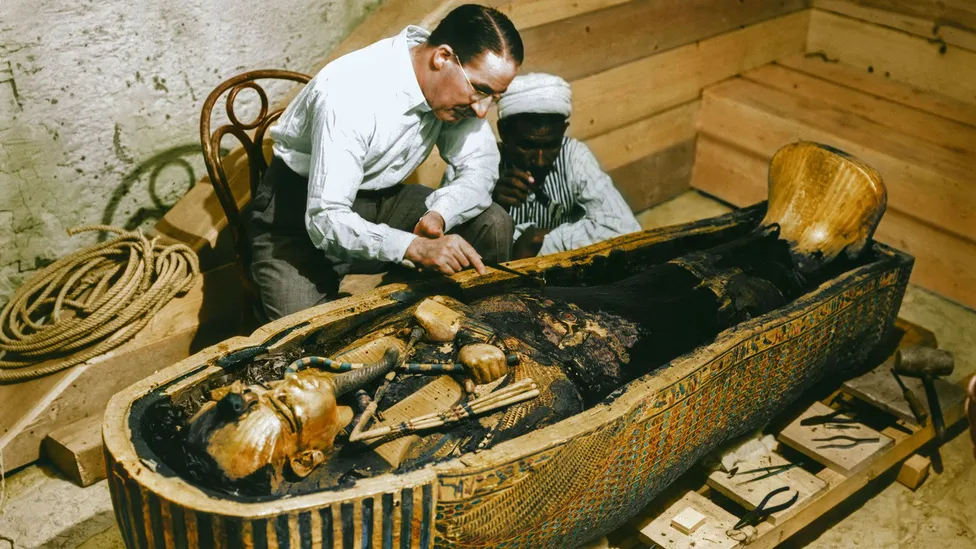
A young Egyptian boy passes by his father’s bazaar in el-Sayeda Zeinab. The past is within reach, a handful of intricate pharaoh busts away—but the stern features of Hatshepsut and the round face of Ramses II do not appeal to him. It’s the famed and unfortunate boy king that he gravitates towards; picks up a small replica sarcophagus and eyes the flaking acrylic it is painted with.
Three millennia after his rule over the New Kingdom, Tutankhamun has never seemed so alive.
It’s a century-old fascination, not unique to young boys freshly navigating the world. Rather, the discovery of Tutankhamun on 4 November, 1922—in a fully intact, unransacked tomb—occasioned the second birth of Egyptology. While its origins span back millennia, Egyptology fully developed into a dedicated scholarship and science a century ago, in tandem with the unearthing of Egypt’s tragic boy king.
Found first by British archeologist Howard Carter, Tutankhamun was seen as an opportunity before he was acknowledged as a king; for the modern world, he was an unshattered mirror into the past, a closer look at deified kings and their final resting places. As king, Tutankhamun was not especially influential—but in his death, he became the world’s first pharaoh to triumph over time, and a symbol of Egyptology ever since.


Who was Tutankhamun?
Doubtlessly, Tutankhamun was not the most accomplished or famous of Egyptian rulers. While Ramses was credited with extending the ancient Egyptian empire far into the west and south, and the kings of the Old Kingdom have been immortalized through the creation of pyramids that still stand to this day, Tutankhamun’s feats, in comparison, seem humble.
To this day, no one is quite sure about his lineage. Nonetheless, it is clear that he grew up in Amarna, the new capital built by most likely his father, Akhenaten, the ‘heretic’ king who tried to impose a form of early monotheism in an otherwise pantheistic nation. His mother was not the beautiful Nefertiti, but was most likely a minor wife, unnamed, but referred to as the ‘Younger Lady’. The latter’s mummy was discovered in a different tomb KV35, in the Valley of the Kings, and is believed to be genetically linked to Tutankhamun.
For all the glory of his funerary equipment, Tutankhamun became king at an early age, and died at 19. He had been influenced by the principles and visions of two older figures: Horemheb, the military general who would go on to succeed him, as well as Ay, the grand vizier. Accordingly, one of Tutankhamun’s most significant decisions was to move back the Egyptian capital to Thebes (modern-day Luxor), and reinstate the former gods and priesthoods.
Beyond the history, artifacts interred with him in his tomb helped archaeologists understand more about his identity. Six chariots were found in his tomb, as well as over a hundred sandals, statues, precious-stones studded jewelry. More interestingly, he was buried with over 130 sticks and staves. A 2010 study “Ancestry and pathology in King Tutankhamun’s family” underscored that the boy king most probably suffered from a club foot, hindering his movements. Moreover, the same study stressed that the reason behind the king’s death, far from theories of murder and battle wounds, might have been a malaria infection.
He was married to his half-sister, Ankhesenamun, and two female fetuses delicately interred in his Luxor tomb revealed that they tragically failed in securing an heir to the throne.
Ironically, they secured eternal fame.
Today, Tutankhamun’s name lives on, 3,000 years later. His funerary mask is etched on thousands of key chains and tattooed on ancient Egypt-enthusiasts. Travelers from all corners of the world travel to the Valley of the Kings to peer at his mummified body. Tut-mania, since the moment of the tomb’s discovery, remains strong, and continues to fuel the hopes that Egyptology will one day awe the world with a similarly wondrous discovery.
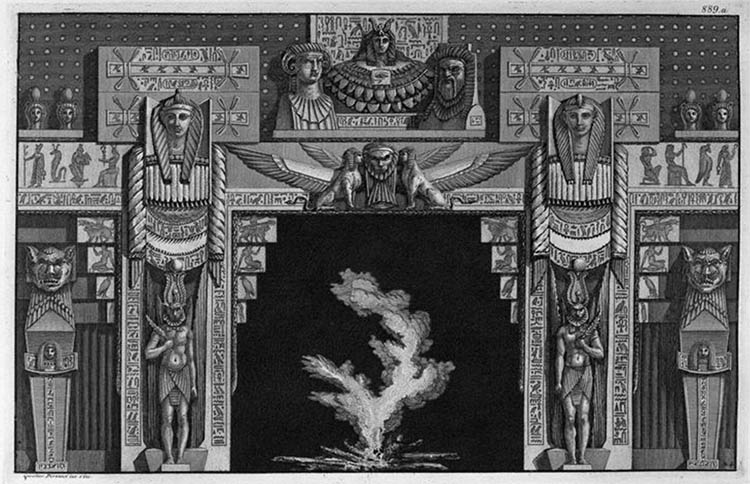
Egyptology: a Science and Mania
Egyptology has something of an opaque history; some argue that its inception came at the hands of Khaemwaset, the “first Egyptologist” and son of decorated Ramses II. As the best-known of his father’s children and the most prominent among his siblings in achievement, Khaemwaset’s efforts to preserve ancient monuments, temples, and the names of those who built them, became fertile ground for the incubation of Egyptology. It was a two-pronged endeavor, where the prince was keen on preserving Egypt’s past and equally keen on developing new monuments that would later be credited to him.
Others more readily argue that Egyptology was conceptualized by Napoleon and the discovery of the Rosetta Stone in 1799. After the publication of Description de L’Egypte by Napoleon’s accompanying scholars, the stage was set for Egyptology to blossom into a far grander, crisper concept. With it, came the mania known to Egypt for centuries: Egyptomania. Although there is no single source of truth or definition for it, there is consensus that Egyptomania originated in the dusk of the 13th century BC, reaching an all-time high among European intellectuals with the finding of the Rosetta Stone and the discovery of Tutankhamun.

It featured unparalleled enthusiasm and intrigue into what was once an unknown, exotic ancient world—a fascination with Egypt that extended far beyond simple pleasures and interest. This “pervasive attraction,” and some would argue fixation, has lingered for centuries, exacerbated by Tutankhamun in the early 20th century.
Though, the boy king did more for Egypt than increase international intrigue; soon after his discovery, Egyptology was declared a sophisticated science. What were once simple observations of ancient life, expanded into complex, high-cultural understandings of what the pharaohs’ Egypt was like from all angles and in all forms. No longer were artifacts hailed for their beauty and longevity alone, but for their innovation and significance. Egyptology became an intersection of the humanities and sciences—an unmistakable, undeniable study.
Despite Khaemwaset and Napoleon’s respective influences, when one thinks of Egyptology, Tutankhamun’s funerary mask comes to mind; while he had no influence in his time as a monarch, he became a key node in the learning, the mania, and the science that followed him into the new age.
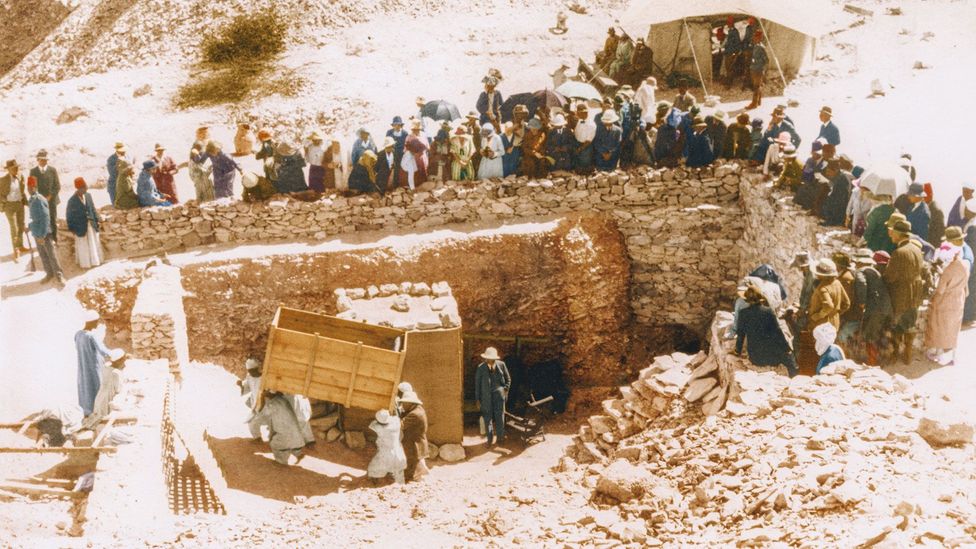
Tutankhamun: at the hand of the Egyptians
The name Tutankhamun has always been associated with Carter, but the discovery of the tomb and unraveling the mystery of the golden king’s identity has also witnessed the crucial but invisible participation of Egyptians. After all, where would Carter be today without the unnamed local laborers who toiled the ground until the tomb appeared?
Fondly, former minister Zahi Hawass likes to start his lectures by reminding audiences that it was a young tea-bringer, Hussein Hassan Abdel Rassuhl, on the Carter excavation, who managed to find the entrance to the tomb.
Fast forward many years later, efforts to renationalize Egyptology have also impacted Tut and his collection. Today, the yet-to-be-opened Grand Egyptian Museum in Cairo, an ambitious national project near the pyramids of Giza, aims to gather, for the first time ever since their discovery, over 5,000 artifacts of Tutankhamun’s collection from nationwide museums and exhibitions.
These efforts extend to repatriation of artifacts from abroad as well.
In 2010, 19 items from his collection were brought back to Egypt from the Metropolitan museum of Art (MET), proving that across time, various institutions and individuals helped themselves to the treasures of the boy king, including Carter himself. A 2022 article by the Guardian revealed that the famed archaeologist is suspected of having broken into the burial chamber prior to resealing it and covering the opening. In the process, he was accused of stealing artifacts, including jewelry, which were sold after his death.
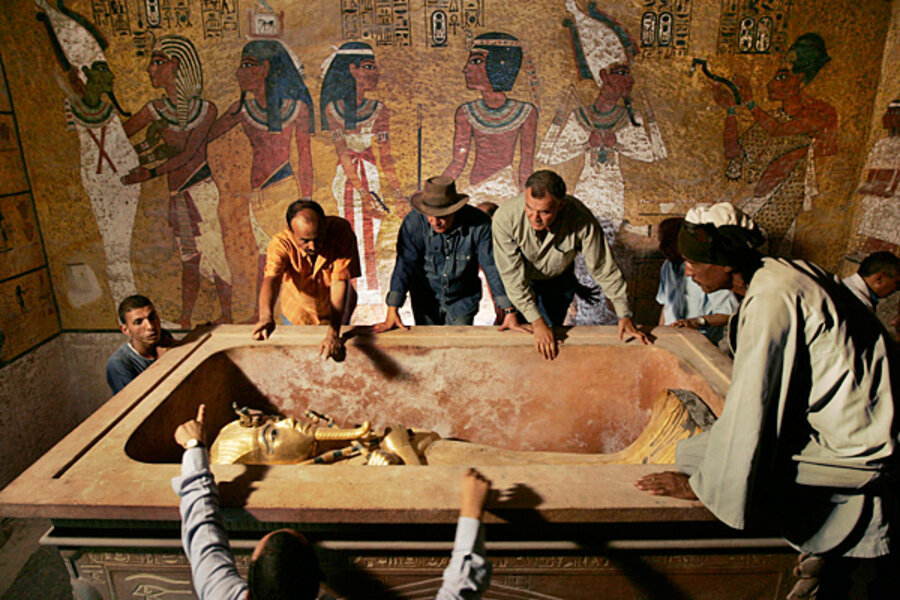
Although Egyptians, scholars, or officials, are often criticized for not enforcing best practices in object handling and protection, recent years have witnessed a change in the narrative whereby Egyptians have gradually taken on a guardianship role of their heritage.
One additional example of nationalization of Egyptology is the Grand Egyptian Museum Conservation Center. Pendants to dozens of artifacts too damaged for display have undergone restoration and conservation treatments at the center –the proud labor of hundreds of Egyptians who have come back to life before they are exhibited for the first time in history.
This November, the Ministry of Tourism and Antiquities, in collaboration with the American Research Center in Egypt (ARCE,) are launching the two-day “Transcending Eternity: The Centennial Tutankhamun Conference” in Luxor. The conference, which looks in-depth at the discovery of the tomb and the life of the boy king, gathers a large number of officials, egyptologists, and public audience members.
It marks and celebrates 100 years since the discovery, in Luxor, was made – one that catalyzed Egyptology, and left a profound mark on the world.






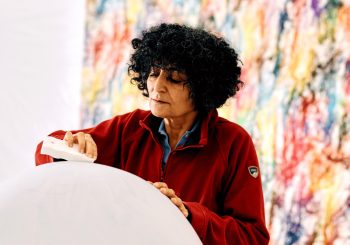
Comments (3)
[…] Hergé, whose actual title is Georges Remi, was closely impressed by the invention of the tomb of the boy king in 1922. […]
[…] Hergé, whose real name is Georges Remi, was heavily inspired by the discovery of the tomb of the boy king in 1922. […]